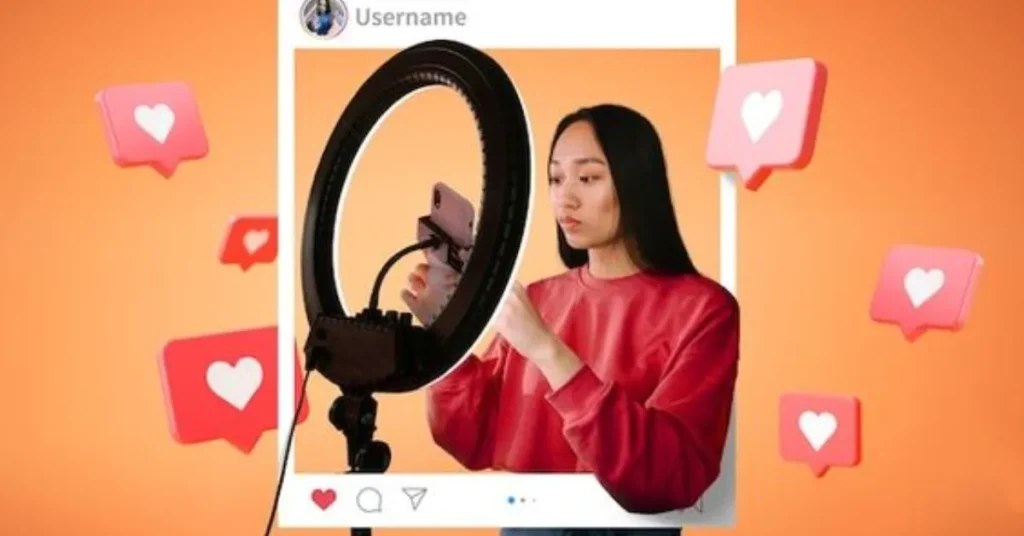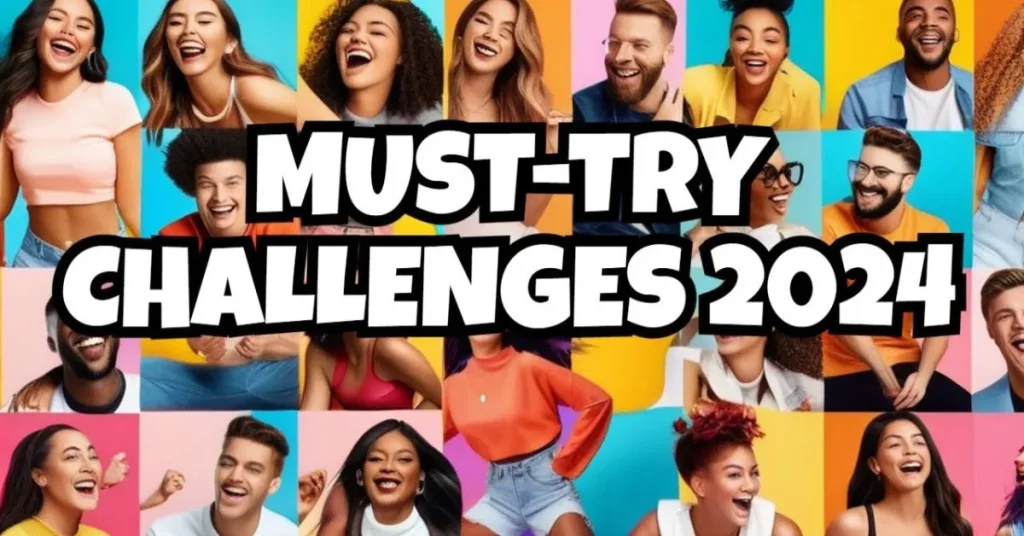In recent years, digital influencers have revolutionized the U.S. marketing landscape, changing how brands communicate, engage, and reach their target audiences. From Instagram stars to YouTube creators and TikTok trendsetters, influencers have become a powerful force in shaping consumer behavior.
This article will explore the rise of digital influencers in the U.S., their impact on marketing strategies, and why this trend is not fading soon.
What Are Digital Influencers?
Digital influencers have built a significant online following on platforms such as Instagram, YouTube, TikTok, and Twitter. These personalities share content that resonates with their followers, who trust their opinions and recommendations.
Unlike traditional celebrities, influencers often grow organically, building niche communities around specific interests like fashion, fitness, gaming, or travel.
Influencers come in various sizes, from micro-influencers (with 10,000 to 100,000 followers) to macro-influencers (with 100,000+ followers) and even mega-influencers or celebrity influencers with millions of followers. Brands increasingly collaborate with influencers to create authentic, relatable campaigns that directly connect with their customers.
The Growth of the Influencer Economy
The U.S. has been at the forefront of the influencer economy. With the rise of social media platforms, content creators have more tools than ever to build personal brands and engage with large audiences.
According to a 2023 report by Influencer Marketing Hub, the influencer marketing industry is expected to be worth $21.1 billion by 2024.
Read more:
The key to the growth of influencers lies in their authenticity and the personal connection they build with their audiences. Consumers are more likely to trust recommendations from influencers they admire, making these collaborations a highly effective marketing tool for brands looking to build trust and credibility.
How Influencers Are Shaping Modern Marketing
- Authenticity and Trust
Influencers have a unique ability to offer a sense of authenticity in their content, which is often lacking in traditional advertisements. Their followers view them as relatable individuals, not corporate entities. When influencers endorse a product, it feels more like a trusted recommendation from a friend rather than a direct sales pitch. This level of trust is what makes influencer marketing so effective. - Niche Targeting
Digital influencers allow brands to target very specific demographics. Whether it’s reaching eco-conscious consumers, beauty enthusiasts, or fitness fans, influencers connect brands with highly relevant audiences. By partnering with the right influencer, companies can reach groups they may not be able to access through traditional advertising. - Interactive and Engaging Content
Influencers thrive on creating interactive and engaging content. Their followers often comment, share, and participate in challenges or giveaways, increasing a brand’s visibility and engagement. This level of direct interaction is difficult to achieve with traditional forms of media, making influencer collaborations more appealing. - Shifting the Power Dynamic
The rise of influencers has shifted the traditional power dynamic between brands and consumers. Consumers are now shaping trends and product demands through the content they engage with. Influencers have democratized media in a way that allows everyday people to influence culture, fashion, beauty, and even politics.
The Role of Social Media Platforms
The rapid rise of influencers is closely tied to the growth of social media platforms. Each platform offers influencers a unique way to connect with their followers:
- Instagram remains a top platform for fashion, beauty, and lifestyle influencers, thanks to its visual-first approach.
- YouTube is ideal for longer-form content such as product reviews, tutorials, and vlogs, making it a go-to platform for influencers in tech, gaming, and education.
- TikTok has emerged as a major player, especially for younger audiences, offering short, viral videos that make trends spread quickly.
- Twitter is often used by influencers to spark conversations and share real-time opinions, making it a hub for political and opinion-based influencers.
These platforms provide influencers with the tools to grow their brand, engage with their followers, and partner with businesses in an authentic and impactful way.
The Future of Digital Influencers
The rise of digital influencers is not just a passing trend. As long as social media platforms continue to thrive and evolve, influencers will remain key players in the marketing world.
Brands that recognize the importance of influencer marketing and adapt their strategies accordingly are more likely to succeed in engaging today’s digital-savvy consumers.
In the future, we can expect to see more virtual influencers—AI-generated personas that act just like real influencers, promoting products and trends.
Additionally, as consumers become more discerning, micro-influencers with smaller, more engaged followings may become even more valuable to brands seeking deeper connections with their audiences.
Conclusion
The rise of digital influencers has changed the way brands market themselves, and their influence will only continue to grow in the U.S. marketing landscape.
By partnering with influencers, companies can create authentic, relatable campaigns that connect with consumers in meaningful ways. As the influencer economy continues to expand, both businesses and influencers will need to evolve to keep up with shifting consumer preferences and new digital trends.
Read more:
Key Takeaways:
- Digital influencers have become a key part of modern marketing, offering brands authenticity, trust, and niche targeting.
- Social media platforms like Instagram, YouTube, and TikTok have played a major role in the growth of the influencer economy.
- The future of influencer marketing will likely include more micro-influencers and AI-generated virtual influencers.


